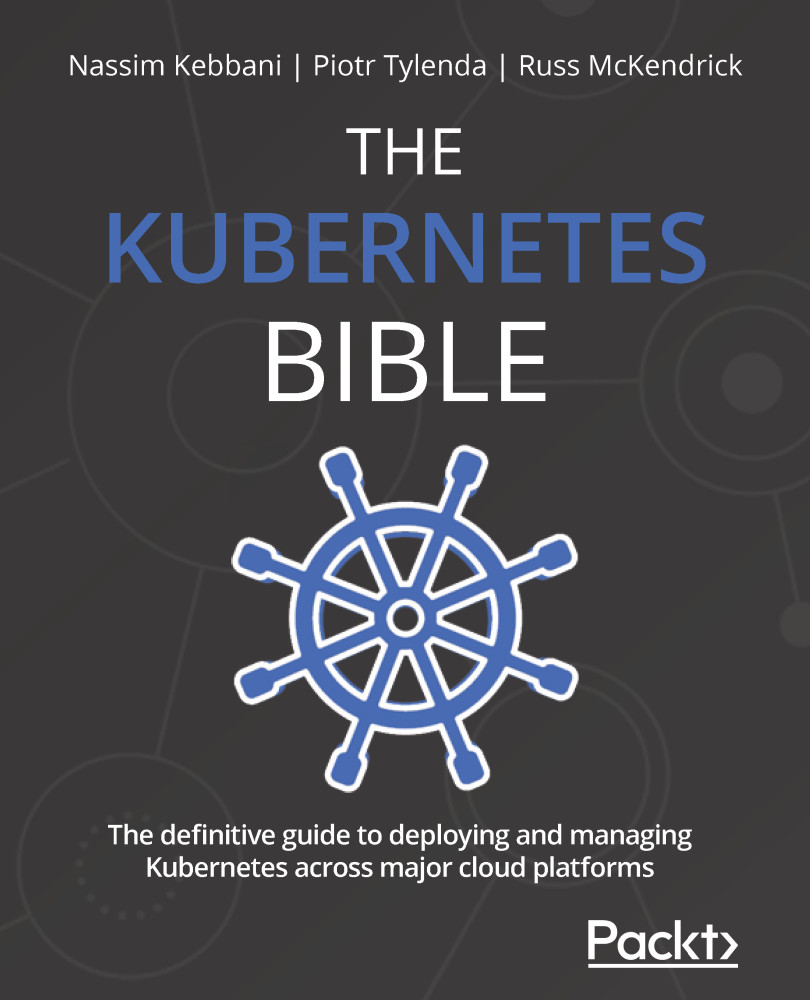Who this book is for
This book is for people who intend to use Kubernetes with Docker. Although Kubernetes can be used together with a lot of different container engines and is not tied to Docker, the combination between the two remains the most frequent use case of Kubernetes.
This book is very technical. It mainly focuses on Kubernetes and Docker from an engineering perspective, and thus, it is dedicated to engineers, whether they come from a developer or a system background, and not to project managers. It is a Kubernetes bible for people who are going to use Kubernetes daily, or for people who wish to discover this tool. You shouldn't be afraid of typing some commands on a terminal.
Being a total beginner to Kubernetes or having an intermediate level is not a problem, but you must already have some technical ability with Docker to follow this book. Containers should be familiar to you. This book can also serve as a guide if you are in the process of migrating an existing application to Kubernetes.
The book incorporates content that will allow readers to deploy Kubernetes on public cloud offerings such as Amazon EKS or Google GKE. Cloud users who wish to add Kubernetes to their stack on the cloud will appreciate this book.































































